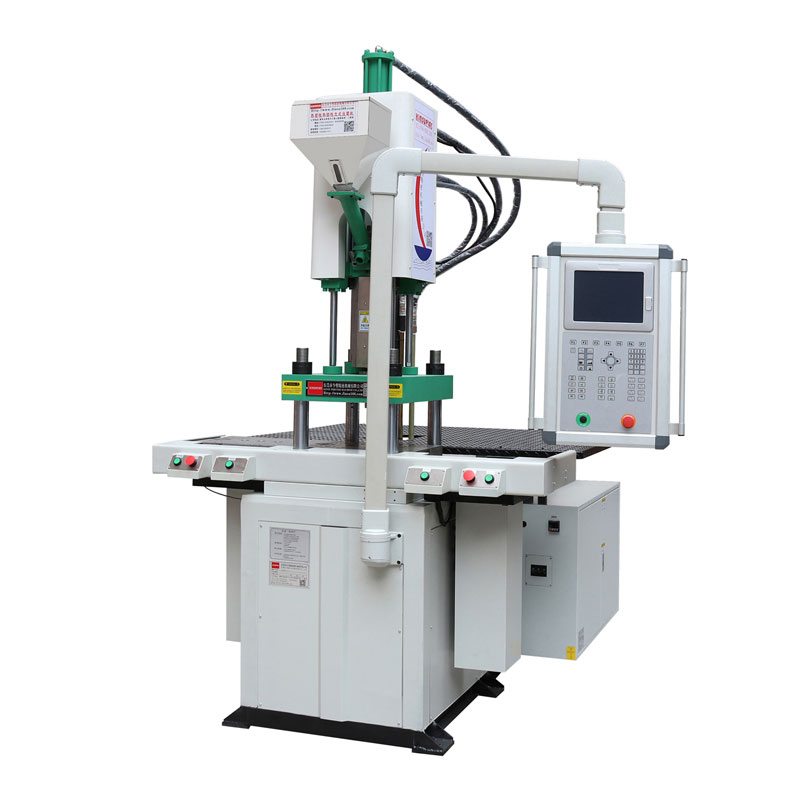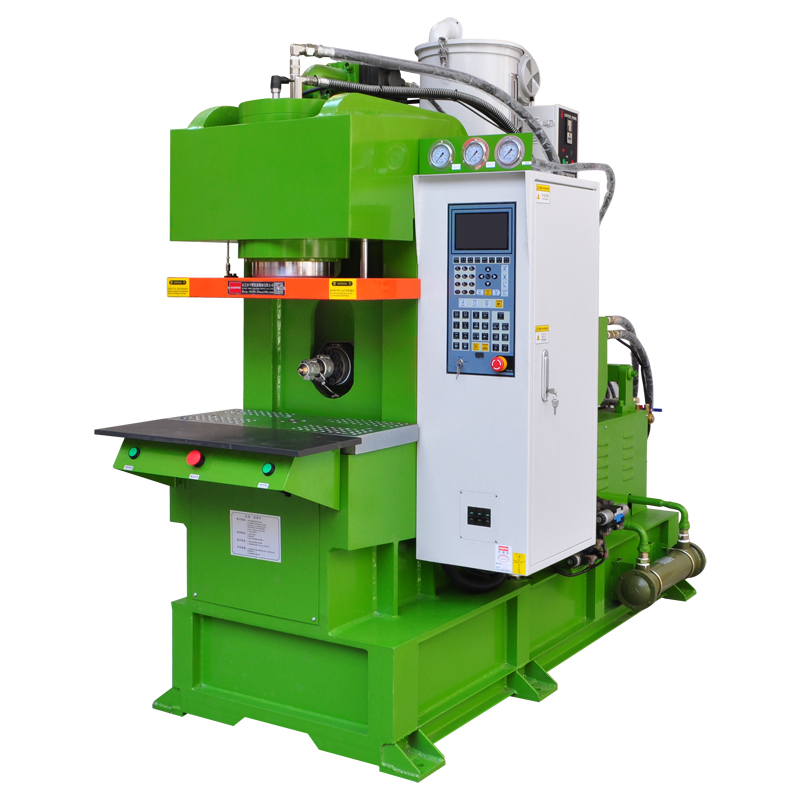Some injection molding factories produce more products, so they will use the same model of injection molding machine to produce several products. But often when the product is changed, if the adjustment machine is not adjusted properly, the injection molded product will produce bubbles. So today, the Dongguan Injection Molding Machine Factory will say: How to solve the problem of bubbles in injection molded products?
Generally, the cause of bubbles is that the wall thickness of the molded product is large, and the cooling rate of the product surface is faster than the middle. Therefore, it is easy to produce bubbles due to insufficient intermediate filling.
The main solutions are:
1. Determine the reasonable gate and runner size according to the product wall thickness. Generally, the gate height should be between 50%-60% of the product wall thickness.
2. The actual injection volume is insufficient, and the injection volume must be more than the injection volume required for the molded product. The injection glue must fill the gate, and there must be enough supplementary injection material.
3. The injection time should be slightly longer than the gate sealing time.
4. The ratio of injection speed to injection pressure is incorrect. Adjust the injection speed, because too fast speed will cause the molten plastic to be decomposed by the large shearing action, and decomposition gas will be generated. If the injection speed is too slow, the cavity cannot be filled in time.
5. The temperature of the material is too high to cause decomposition, and the temperature of the cylinder is too high. The temperature of the cylinder should be gradually adjusted.
6. When the screw is pre-molded, the back pressure is too low and the speed is too high. The screw of the injection molding machine rebounds too fast, and it is easy to push the air and the material to the front end of the barrel to generate bubbles. Need to adjust the screw back pressure and speed.
7. It is also possible that the raw materials for injection molding are not dry enough, so the raw materials need to be fully dried.























